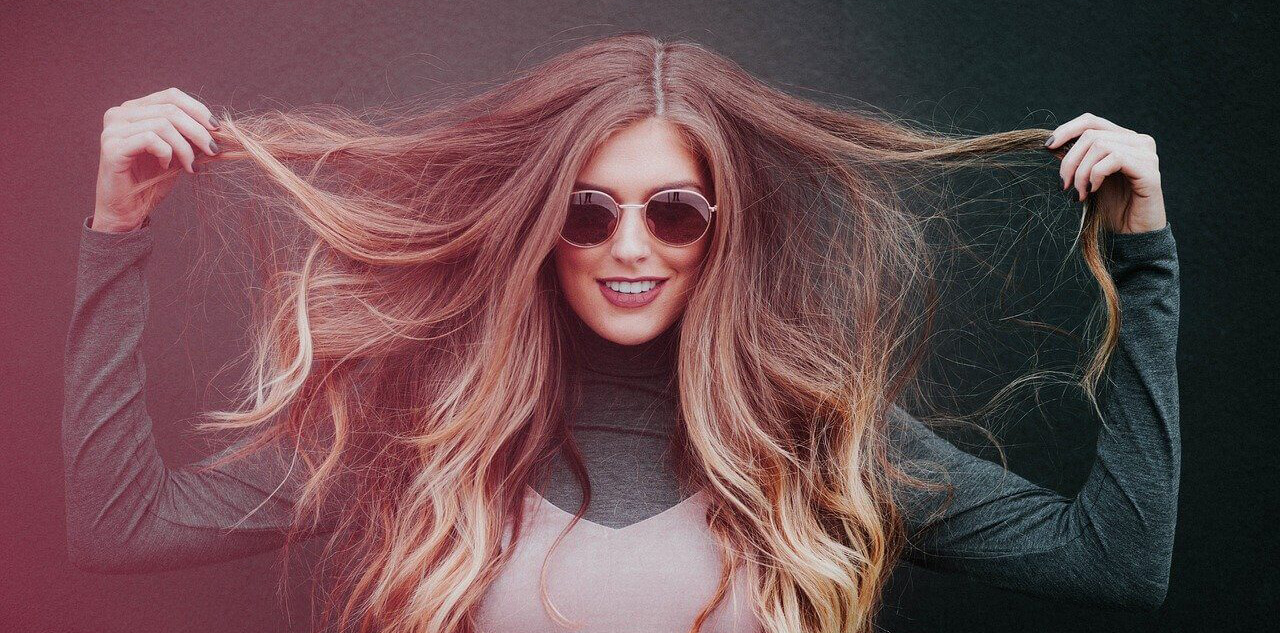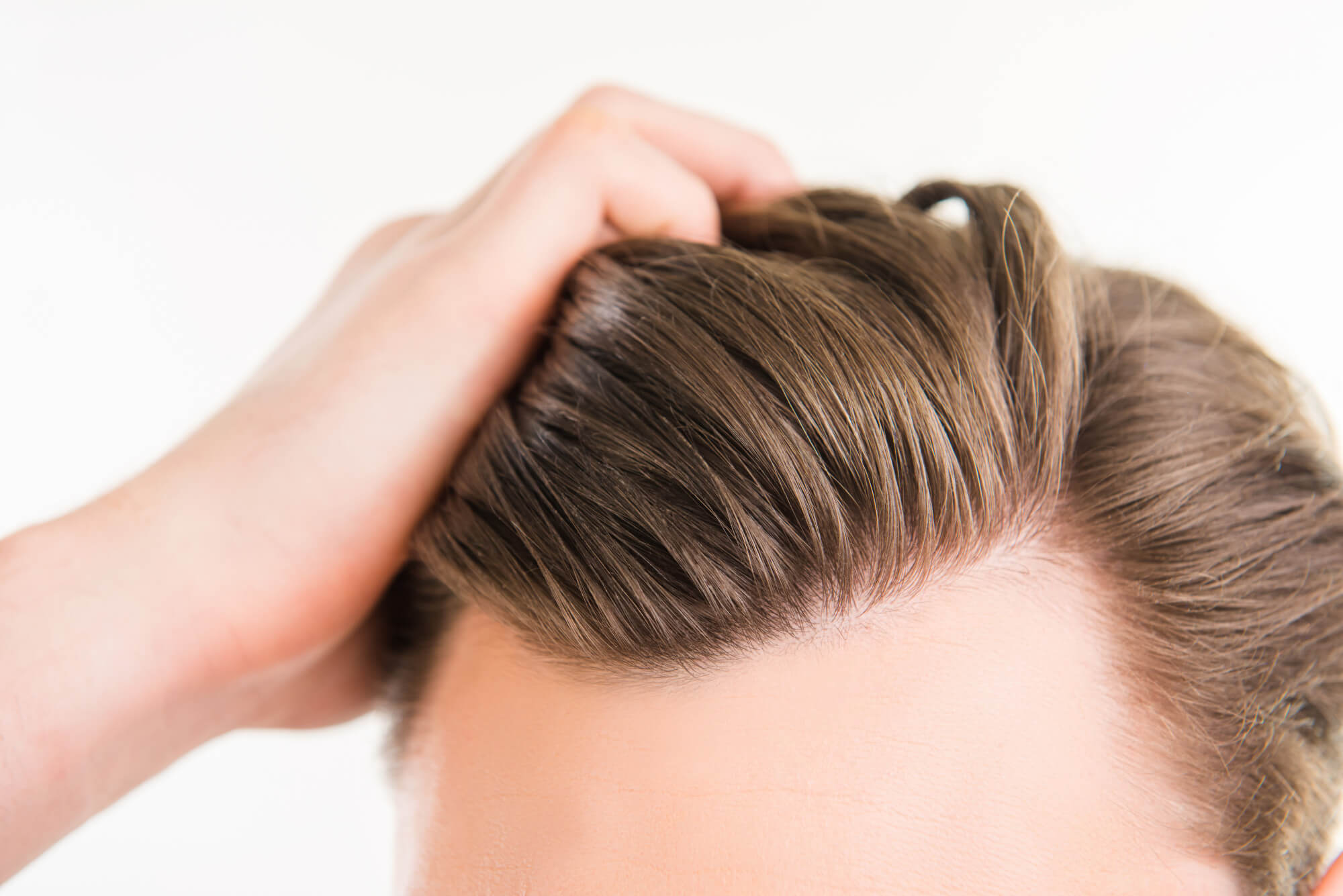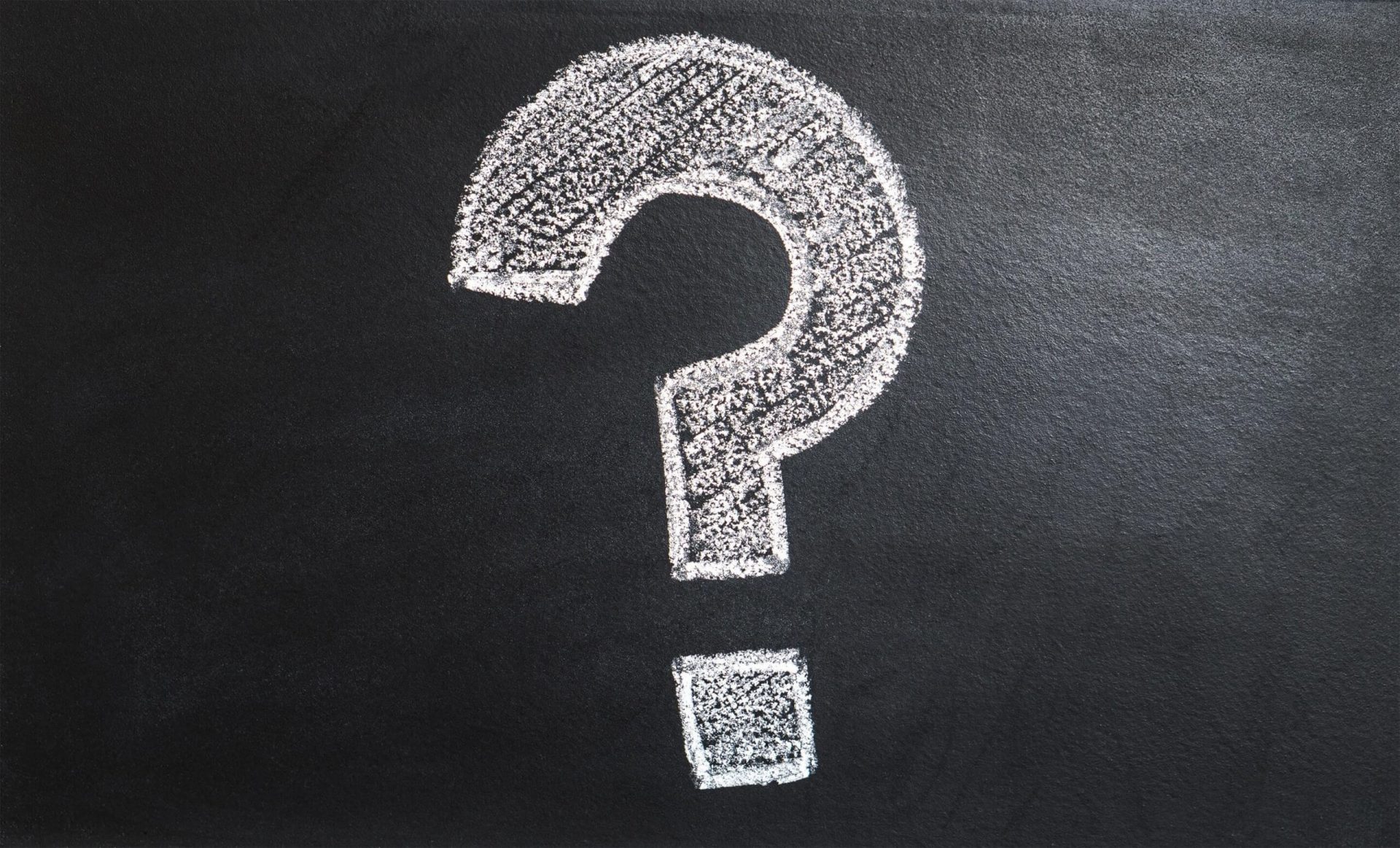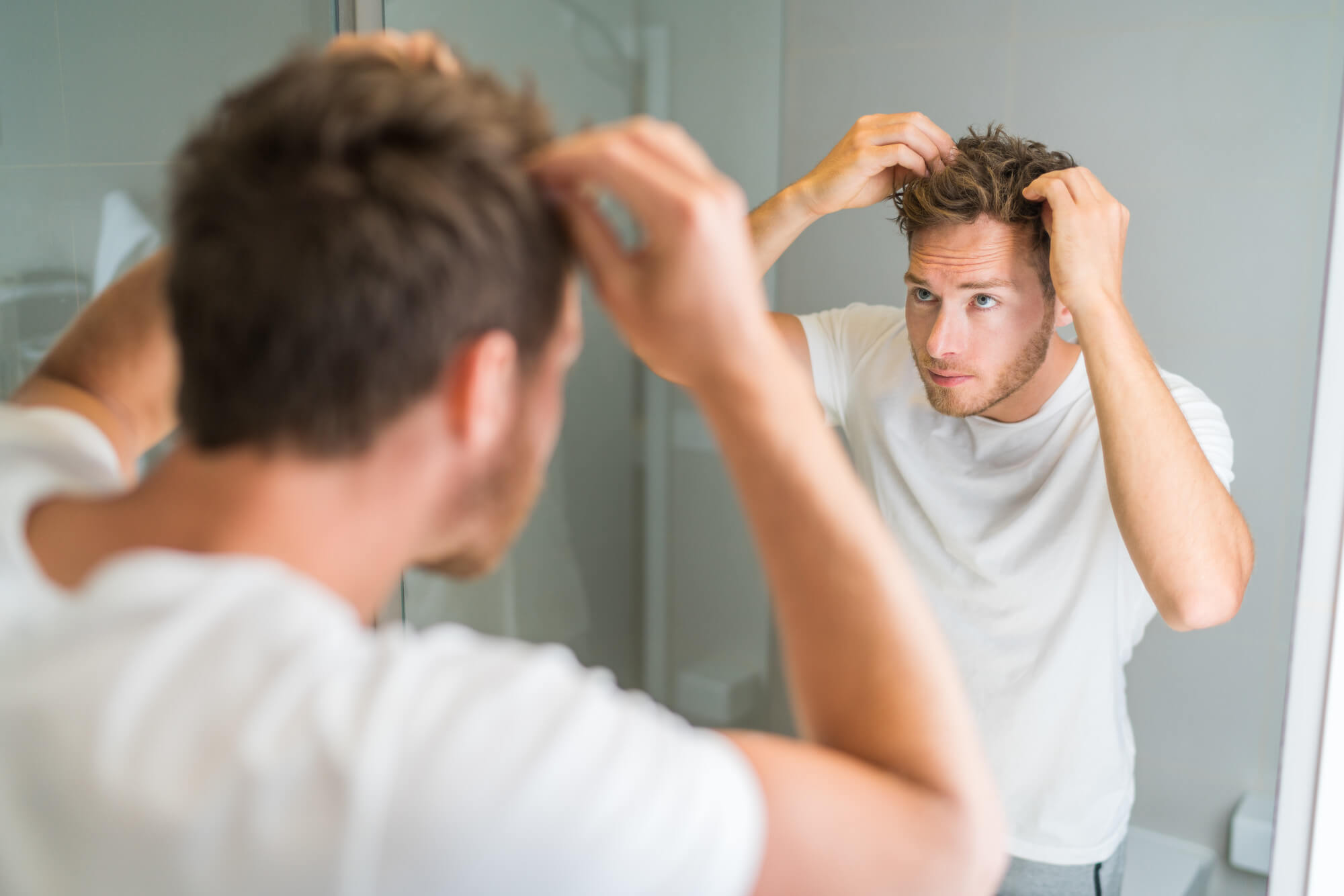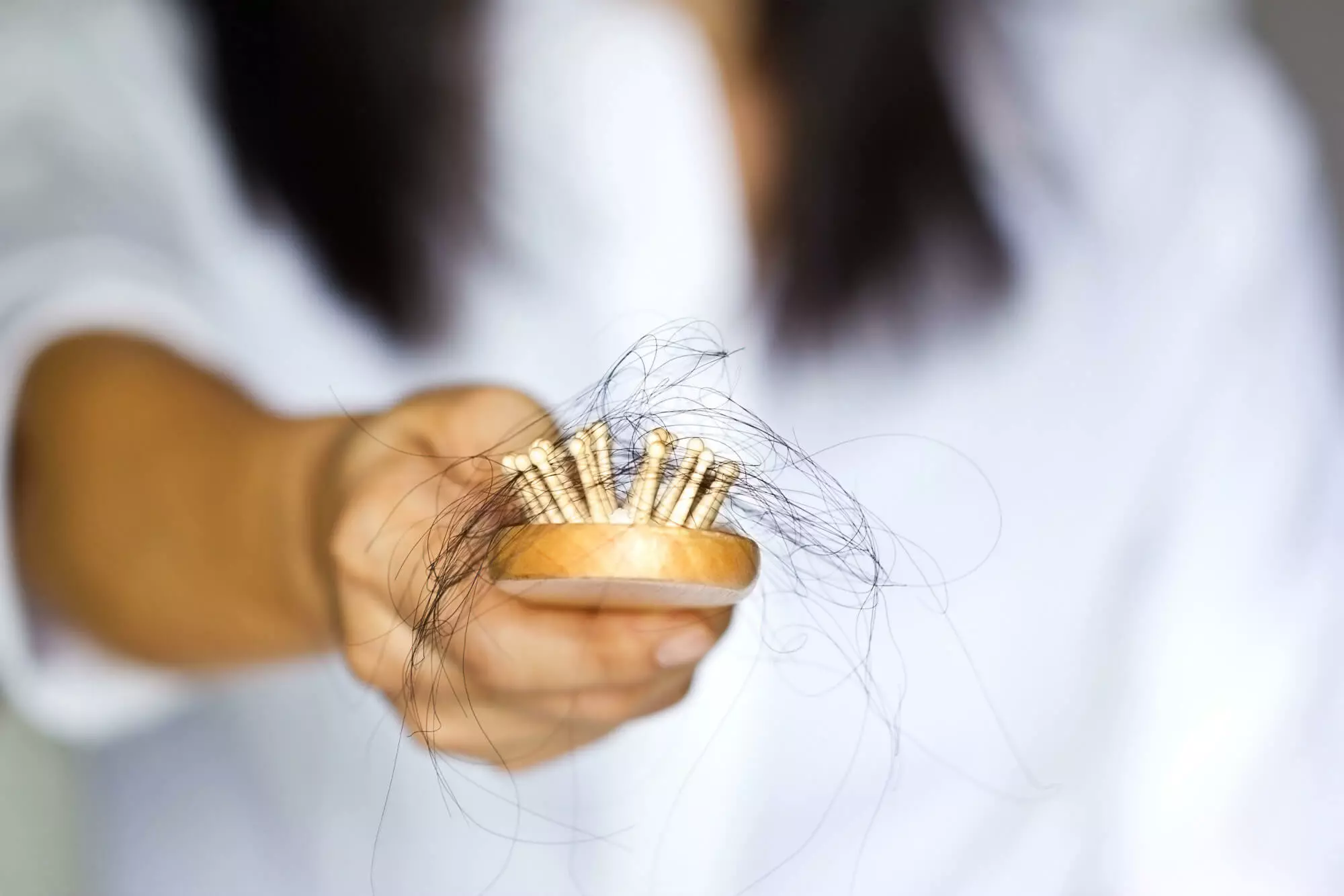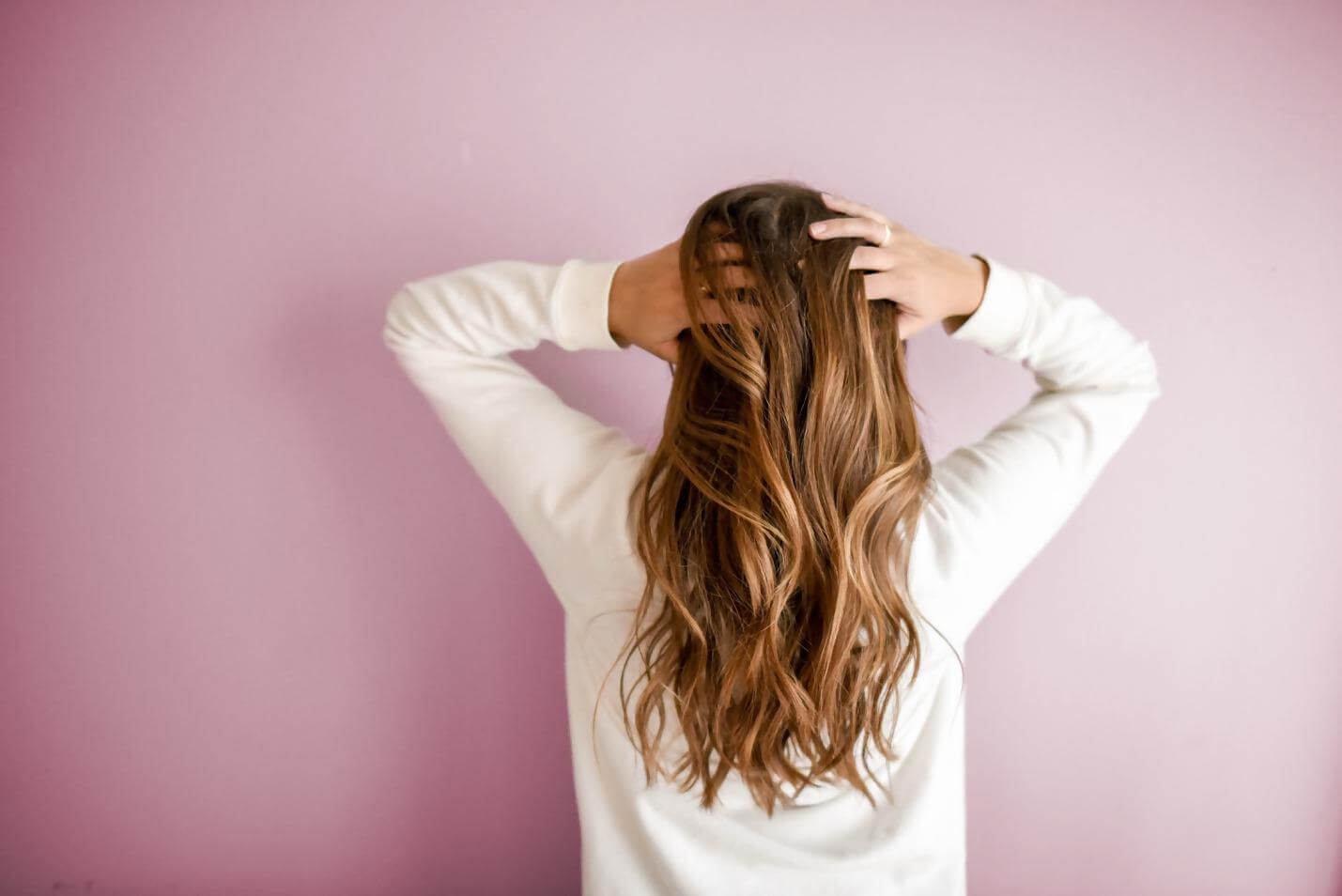Does Biotin Cause Acne?
The word “acne” tends to bring to mind images of teenagers and young adults, struggling with their hygiene and oily skin; in contrast, “hair loss” is a term usually applied to middle-aged adults experiencing what they believe to be a genetic ageing problem. So does biotin cause acne? What is the common factor in these … Read more

